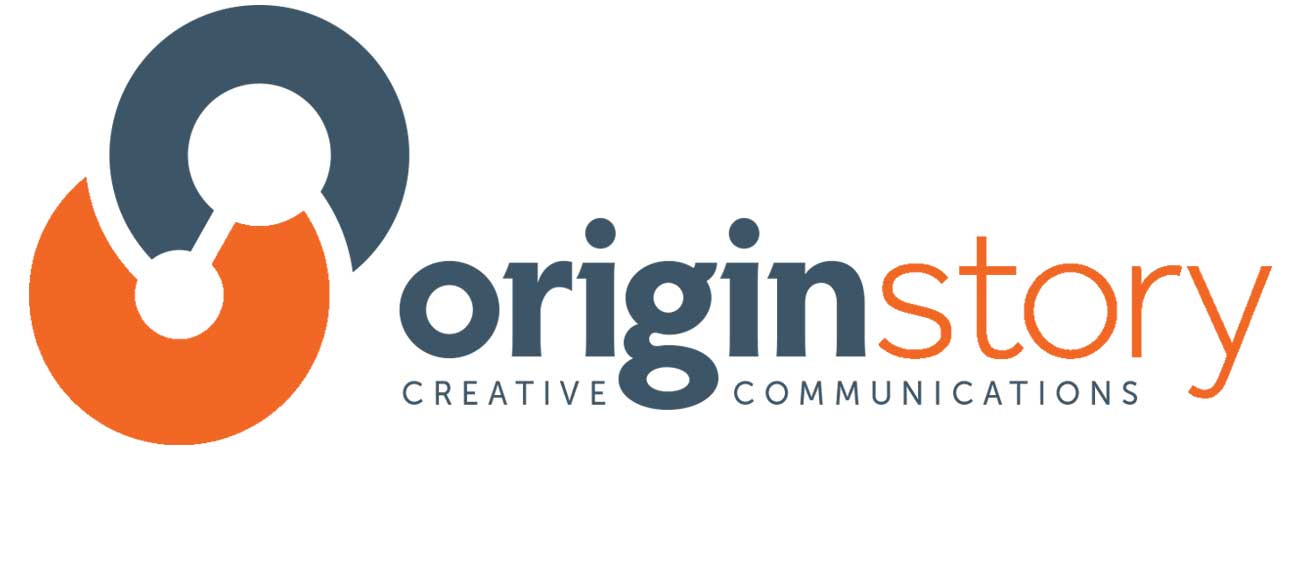10 Tips for Creative Interview Lighting
/Interviews are often the building block of your content. When captured in a manner that serves the story, the look of an interview helps keep the audience engaged. I recently spoke at Government Video Expo in Washington, DC where I discussed creative approaches to a simple talking head. Here are my 10 tips for taking your lighting to the next level.
- Use a reverse key: Setup the key light in such a way that the camera is seeing more of the fill side of the face. The key light will more naturally wrap around the subject’s face, where the shadows create more believable dimensionality.
- Use large, soft sources: The bigger and softer you can make your key light, the more natural and softer the light will look on your subject’s face. The size of the soft source is directly related to the softness of the shadows – the bigger the source, the softer the shadows. I often use a 4’x4’ diffusion frame.
- Contrast ratios: Define the look of your interview by controlling the difference in light level between the key side and fill side of the face. Digital cinema cameras are so sensitive now that I find myself having to add contrast by slowing down or removing the fill light entirely. Often, I’ll add negative fill with a flag placed near the face just off camera.
- Practical lighting: Use existing lights in the space to help fill in the background. If they’re already there, use them to your advantage. Swap the bulbs with some daylight balanced lights so the color temperatures match or mix color temperatures for a unique look.
- Control depth of field: Not every interview needs to be shot with lenses wide open. Craft the look of your background by controlling the amount of lens falloff. The audience should recognize the background as part of the story, but it shouldn’t be so defined that it distracts from your subject.
- Keep it simple (except when you have time): Why use 3 lights when you can use 2? If you’re pressed for time during setup, don’t make it too complicated. If you’re working with a crew and have sufficient time, work the scene to get the most out of your setup.
- Use the space: Work with the existing architecture of your space. Determine how lighting can either accentuate or hide objects in the room. Don’t be afraid to turn existing lights off and start from scratch. Try using a viewfinder app on your mobile device, like Artemis Viewfinder, to find your frame.
- Know your limits: Understand that if you have 15 minutes to setup, you’re not going to be rigging a complex setup. Don’t try to go overboard when you don’t have the resources. Save that for a job that has more setup time.
- Set expectations early: When you’re setting up a shoot, tell your client how much time you think you’ll need to setup. If they can’t give you that amount of time, be cognizant of what you can get accomplished in that amount of time. Don’t be afraid to say, “I need more time.” It’s better to be upfront before the shoot than springing it on a client on set.
- Happy accidents happen, embrace them: Sometimes you get lucky. You got an overcast day when you had to shoot interviews outside. You put a light somewhere thinking you were going to move it, but it turns out it looks amazing right where it is. Keep your eye out for things you didn’t plan to do that work better than you thought.
Understanding how to be creative and practical with your lighting will increase your production value and take your interviews to the next level.

